Voyager 2's Expedition
Voyager 2's expedition to our solar system's giants revealed much about the mysterious planets.
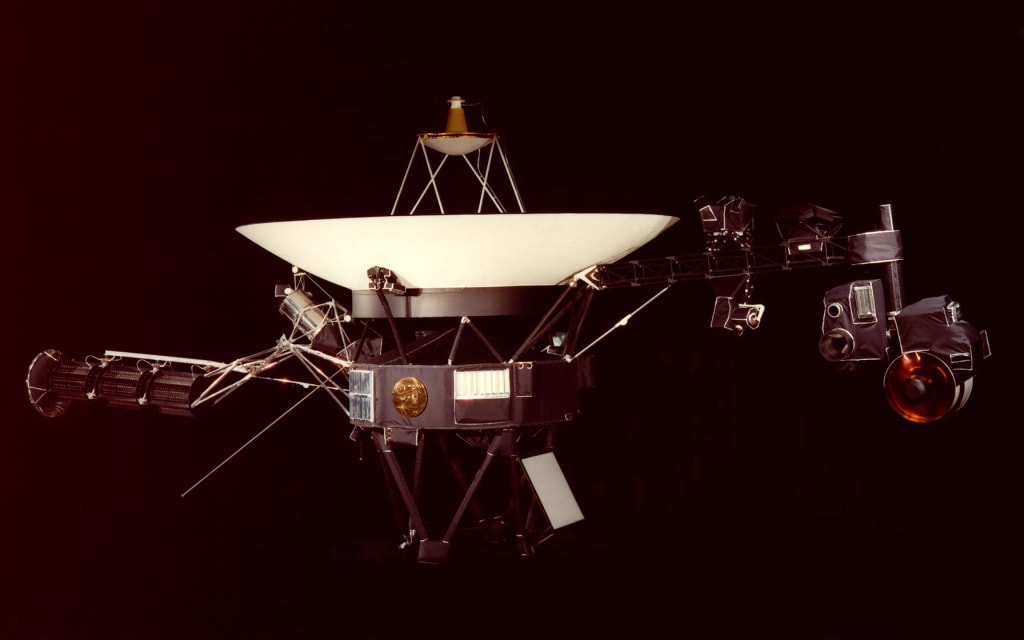
It weighs almost a ton and measures approximately four meters by four meters. Its two television cameras take tens of thousands of pictures of worlds in the outer solar system. A collision with a micrometeoroid could cause it to lose its orientation temporarily, but it wouldn't founder. It is made of millions of parts. If certain components fail, others will take over. We're talking about the fantastic Voyager 2, the semi-intelligent robot that, for nearly 40 years, has explored unknown worlds.
What enables Voyager 2 to sail so blithely through space? Consider this law of physics: An object in motion will keep moving unless an outside force acts on it. And, of course, there is no air resistance in space to slow Voyager 2 down. Gravity assist alone controls the robot's velocity, that is, its speed and direction. When Voyager 2 swings around a planet's trailing side—the side away from the planet's direction of motion—the planet's gravity considerably increases the spacecraft's speed with respect to the sun and changes the craft's direction of motion. Fortunately, space-exploration technology at the time of the Voyager 2 launch had progressed far enough for scientists to exploit the alignment of the four outer planets; This event will not recur until the 22nd century.
Scouting Saturn
Boosted by Jupiter's enormous gravity, Voyager 1 sent home more new knowledge in November of 1980 about Saturn than we've gained since man first pointed a telescope toward the heavens. One of the most startling discoveries was the superb complexity of Saturn's ring system.
The first Voyagerraised many bewildering questions about Saturn's vast swarm of orbiting ring particles and clumps. For example, the mysteriously braided F ring was more closely scrutinized by Voyager 2 to determine whether the ring is interwoven three dimensionally. Why the F ring is braided is unclear; As far as we know, it is the only ring of this type in our solar system. Or is it? Voyager 2's expedition scanned Saturn's rings with much greater detail and listened for the powerful megawatt-current discharges between the icebergs that nudge one another during their endless, crowded merry-go round about Saturn.
Since Voyager 2flew closer to some of the Saturnian moons than Voyager 1 did, we received more details, and some revelations, about these curious objects in the outer solar system. The proximity of Voyager 2 to these moons enabled planetary scientists to examine smaller surface features.
One moon that perplexed scientists was Iapetus. The front half of Iapetus, which faces the direction it travels in, is six times darker than the half facing the opposite direction. Another puzzling misfit in Saturn's flock of icy satellites is Enceladus.
Voyager 2 did not fly as close to Titan, Saturn's largest moon, as Voyager 1 did, because of the flight-corridor choice to continue to Uranus. Also, we have discovered that Titan is covered with a thick haze, which cannot be penetrated by Voyager's cameras. Hereafter, in order to capture an accurate portrayal of its surface, spacecraft may use synthetic aperture radar to pierce Titan's dense atmosphere.
Other key satellite encounters include Mimas, Tethys, Dione, Rhea, and Hyperion. Voyager 2's expedition's expedition looked for revealing surface marks on these moons, which gave Earth-based scientists a better idea of how such moons are formed. Voyager will also enable scientists to measure the dimensions of craters and faults. Every day,Voyager 2 sent about 400 pictures back to Earth, making scientists work overtime to explain the evolution and composition of these baffling moons.
Voyager 2, whose closest encounter with Saturn occurred on August 25, at 11:24 PM Eastern daylight time, was 100,000 kilometers from Saturn's upper atmosphere. During the flyby, Voyager 2 measured the gas giant's atmosphere and rings with a photopolarimeter, the only science instrument on Voyager 1 that failed. Science instruments were not redundant on the Voyagerspacecraft, whereas most other components were.
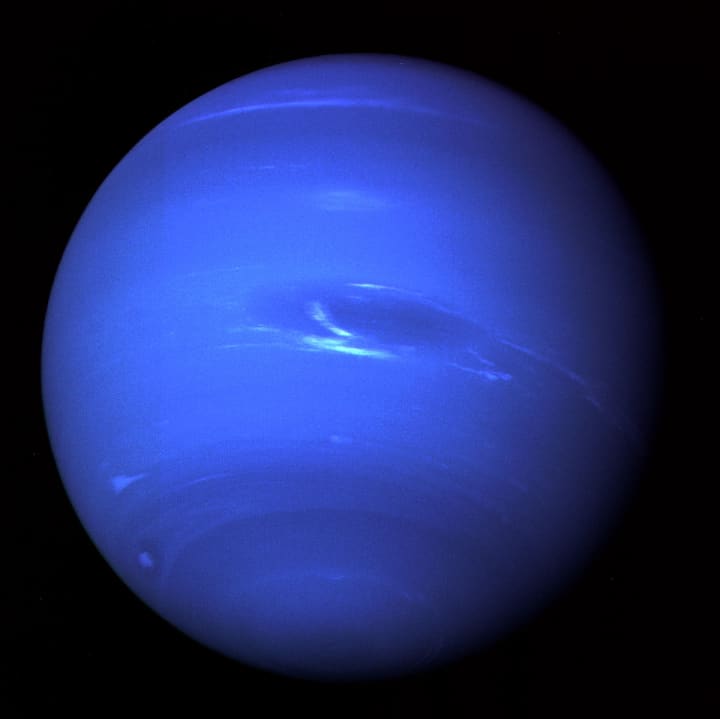
Photo via NASA Solar System
Investigating Uranus
Unlike Voyager 1, which escaped from the solar system and had no further planetary encounters, Voyager 2 used Saturn's gravity to propel it on to Uranus, where it arrived on January 24, 1986. One remarkable characteristic of Uranus is its tilted spin axis, which causes the planet to lie nearly on its side for its 84-year trip around the sun. When Voyager 2 arrived at Uranus, sunlight bathed only the northern hemisphere. The southern hemisphere remained completely dark. Even so, the spacecraft's flight path permitted good coverage of Uranus, its necklace of nine narrow rings, and all five of its presently known moons. During this flyby ,Voyager 2 uncovered more information about the ring formations of Uranus; Some astronomers think the formations may be the result of small shepherding moonlets.
In a final display of cosmic billiards,Voyager 2 proceeded to Neptune. Since this flight path by Uranus was near the orbit of Miranda, the innermost Uranian moon, Voyager 2journeyed within 16,000 kilometers of the small moon—closer than the Voyager 1 flyby of the Jovian moon Io in March 1979.
Since a gravity-assisted flight path to Pluto would require Voyager 2 to fly virtually through the center of Neptune, a rendezvous with Pluto was not possible. Consequently, a large range of flight-path possibilities at Neptune were open and enabled Voyager 2 to accomplish many more scientific objectives.
By arriving at Neptune on August 24, 1989, and diving over its north pole at only 7,500 kilometers from the cloud tops, Voyager 2 was positioned for a close encounter with Triton—Neptune's largest satellite—just five hours after its arrival. This unique trajectory, designed to fly through the Earth and Sun occultation zones of both Neptune and Triton, provided the Robin Hoods of NASA's Jet Propulsion Laboratory, in Pasadena, California, a zesty challenge to prove their bowmanship at a target range of 4.5 billion kilometers. The Triton flyby distance of 44,000 kilometers was reduced by flying closer to Neptune.
After the Neptune rendezvous, Voyager 2, like its twin, left the solar system, at just over 16 kilometers per second. At this speed, 358 millennia will pass before the robot flies within one light-year of Sirius, the brightest star in the heavens.
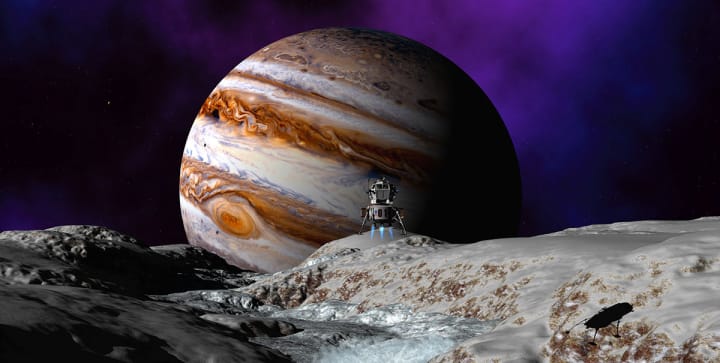
Image via NASA Solar System
Future Feats
It is regrettable that Voyager 2's pictures of Saturn were followed by the longest dry spell since space exploration began more than 50 years ago. No planned deep space missions had launch dates before 1985.
According to NASA, there are many missions planned for the future, from 2016 to 2020, but only one is concentrating solely on the exploration of the giants in our solar system. Europa, a mission slotted for the 2020s, will explore Jupiter’s moon, Europa, and determine whether the icy moon hosts conditions suitable for life.
Recommended Reading
While Voyager 2's expedition revealed information about several of the giants in our solar system, it's information on Saturn was the most revealing and the most valuable to scientists. To learn more about the ringed giant, read Saturn: Exploring the Mystery of the Ringed Planet by Nicole Mortillaro.
Saturn: Exploring the Mystery of the Ringed Planet features extraordinary photos from NASA resources, and examines Saturn as a planet and its place in our universe. This volume provides readers with the closest and most detailed view of Saturn available.
About the Creator
Futurism Staff
A team of space cadets making the most out of their time trapped on Earth. Help.

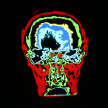


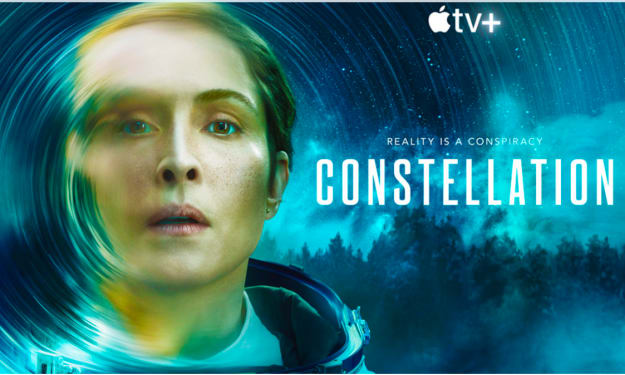

Comments
There are no comments for this story
Be the first to respond and start the conversation.